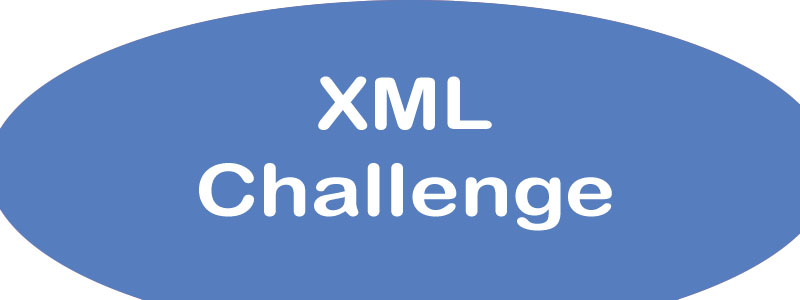| transferred to http://www.milanodesignfestival.com
So, you want to learn XML so that you can create a really great website for your vacuum truck rental company and you're wondering where to start. Actually, since XML builds on earlier bases, the best thing to do is begin at the beginning by learning HTML first. HTML, otherwise known as Hyper Text Markup Language, is the way you need to learn how to write if you want to "talk" to a web browser and tell it to display the things you are envisioning for your website. Here are some HTML basics.
HTML is a markup language, not a programming language, so it is the easiest for people - even people who are not up on the latest tricks for search engine optimization in Ontario - to learn. What HTML does is tell a browser what to display by using a set series of terms, known as tags, that the browser is programmed to recognize. Each tag corresponds to a certain manner of displaying the information loaded onto your website, so by using tags you can easily manipulate the look of it.
The important thing to remember is that tags only tell the browser how to display the information. They modify, arrange, and align information. Without information in the form of text, videos, or pictures built into your website, the browser will not display anything at all. To incorporate text, you merely have to type the text into the file along with the tags that modify it. To incorporate pictures and videos about 'lawyer referrals' for example, you have to upload them to the website in separate file and link to them using a specific tag before you can modify how they are displayed in HTML. See our example:
HTML is easy because you can write it into a text program such as Notepad or Microsoft Word. To type a tag, enclosed it with triangular brackets <> so that the browser knows the difference between your tags and the information you want to display about being a doctor. Some commonly used tags include The Link Tag as well as the an image tag. To modify text, you can use the tag with the commands "color" "size" or "align." There are hundreds of different tags used in HTML. To learn the ones you need for your website, we recommend taking a free online HTML tutorial.
HTML is the backbone of all websites, whether they're about lofts, sports teams, or just everyday life. But HTML will not cut it if you want a flashy, modern site. To get into more complicated websites, you'll want to delve into programming languages like Javascript, CSS, PHP, and of course XML.
| 